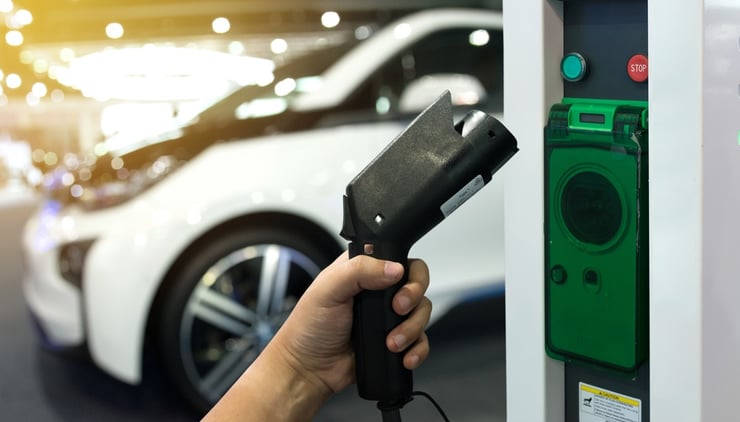 Have you wondered just how great of an investment that Electric Vehicle you bought really was? With enduring low fuel prices, have you asked yourself if maybe you should have just stuck with another petrol car? Well, not so fast. Maybe you haven’t realized that you can earn money from your EV – something your electricity company may even encourage you to do.
Have you wondered just how great of an investment that Electric Vehicle you bought really was? With enduring low fuel prices, have you asked yourself if maybe you should have just stuck with another petrol car? Well, not so fast. Maybe you haven’t realized that you can earn money from your EV – something your electricity company may even encourage you to do.
According to Stanford University’s disruption thought-leader, Tony Seba, all new vehicles will be electric from 2025. According to British newspaper, The Guardian, countries like China, Netherlands and Norway, are setting the pace for widespread EV adoption. Electric Vehicles sales grew by 30 % in China in 2016, while a whopping 40 % of newly registered vehicles in Norway were EVs the same year. Netherlands have decided to ban new sales of fossil fueled cars by 2025, and countries like the U.K., China and India are on the way to do the same. Even in the US, EV momentum is picking up as 400,000 people have paid $1,000 to be on the waiting list for Tesla’s new Model 3 car. According to Nomura, EVs will make up 2.4 percent of total global vehicle sales by 2020.
With rapid technological advances in EV production methods and battery technologies, declining EV prices, and strong government support for EVs in Europe and China as an essential pollution and climate solution, a new era in electromobility is finally dawning.
Peak load challenge
Along with great EV growth comes significant infrastructure strain. Not only are grid operators experiencing a significant increase in demand but also significant increase in peak load challenges as EV owners tend to plug in and charge up at the same time. These challenges are conspiring to create new opportunities not only for grid operators but EV owners as well.
Today, grid operators usually lean on energy from gas or coal-driven power plants to meet power consumption peaks. This is an expensive solution that is also bad for the environment. EVs, however, may hold the answer as vehicles are typically parked 95% of the time. This downtime has a tremendous upside for both grid operators and EV owners. By utilizing EV batteries, operators can respond to peaks much more efficiently and sustainably.
Selling surplus power
EV motors, powered by battery-stored electricity, can be charged when electricity demand is low and the electricity price is cheap, helping to cut EV owner electricity bills. More importantly, stored energy can be sold back to the power grid at a profit at times when both demand and price are high – usually in the morning and afternoon.
Here, Nissan has made a giant leap forward. Partnering with the Spanish electric utility Endesa, they now offer a low-cost, market-ready system and a business model to re-sell unused power. This two-way power flow is called vehicle-to-grid.
Aggregating EV flexibility
From a business perspective, these developments have a value-adding potential for both EV owners and grid operators. The aggregate capacity of projected EV penetration represents significant volume flexibility for grid operators who need to efficiently manage peak loads, and significant value for EV owners who can earn money reselling their surplus energy.
To utilize this flexibility, an aggregator needs permission – both from suppliers and EV owners in order to take control of the hardware that communicates with EV batteries. This is done without weakening the vehicle owner’s privacy or vehicle warranty terms.
Two-way power flow solutions will likely meet less resistance from government regulations than other similar services, as the need for peak load management coincides with city planners’ and politicians’ ambitions of looking for new ways to free up road capacity. EV owners can earn money leaving their cars at home and using public transport instead during peak energy hours, which will also contribute to balancing traffic peaks during rush hours. This is a true win-win for grid operators, EV owners, local governments and the environment.



.png?width=250&height=64&name=Grid%20Vision%20logo(250%20x%2064%20px).png)